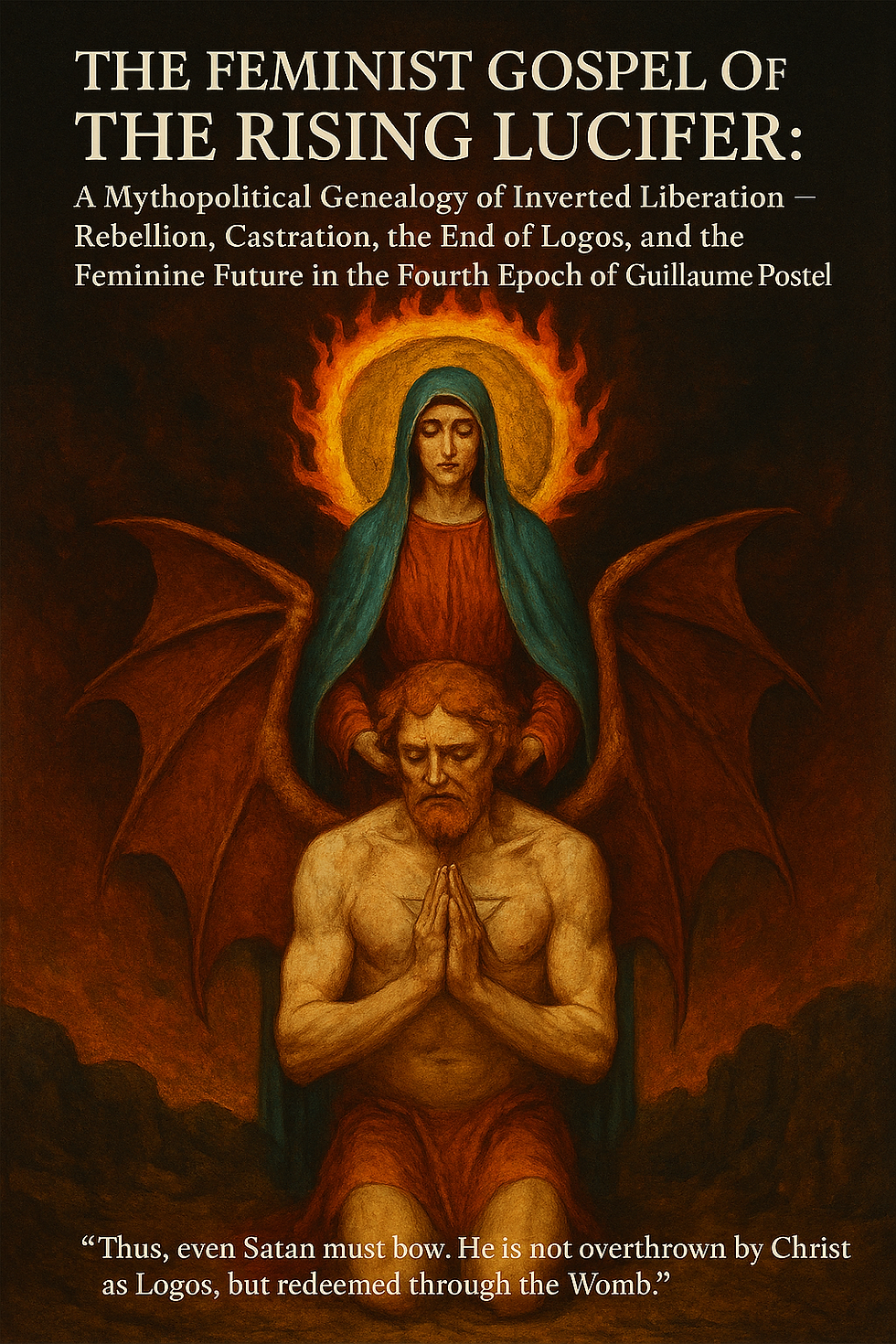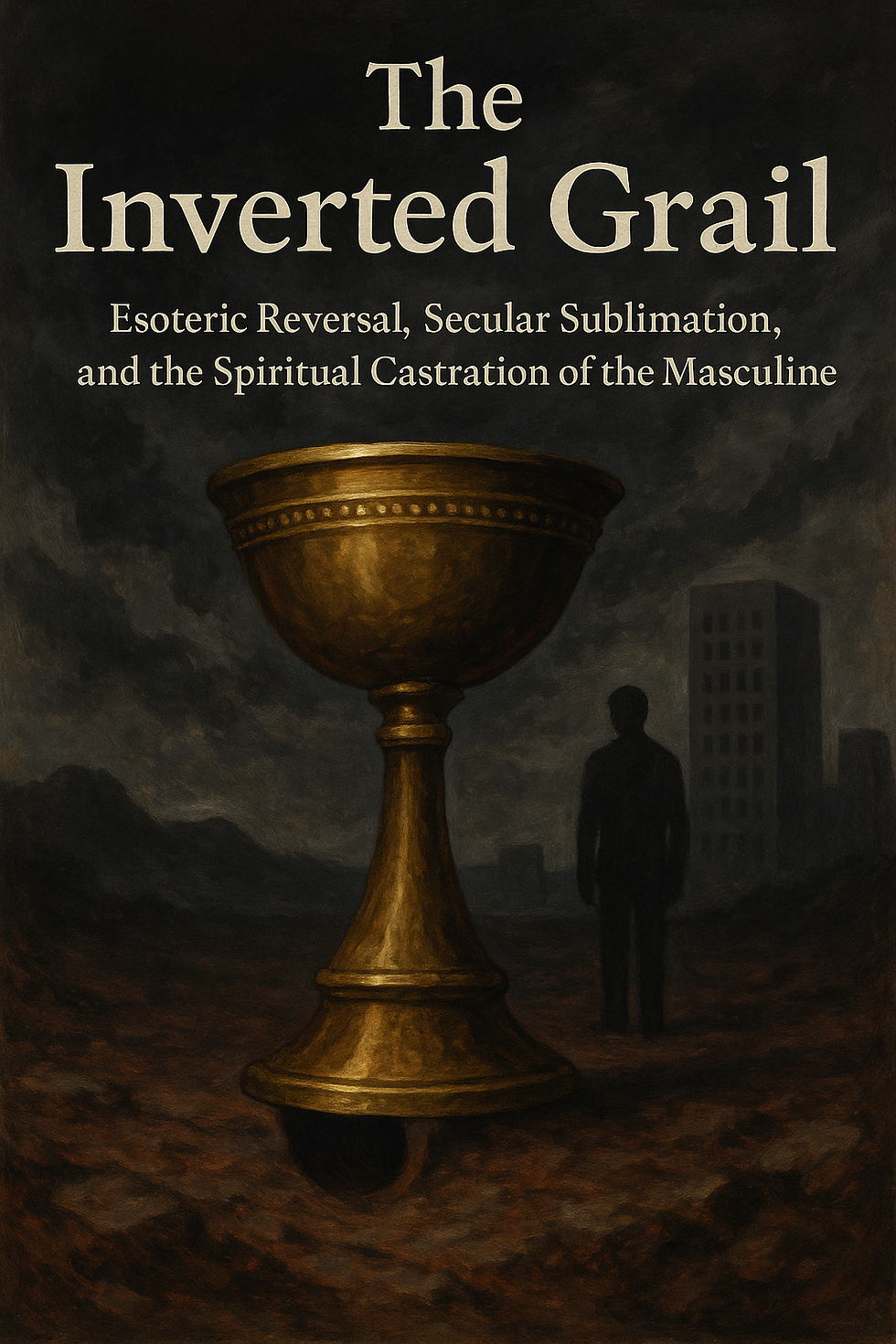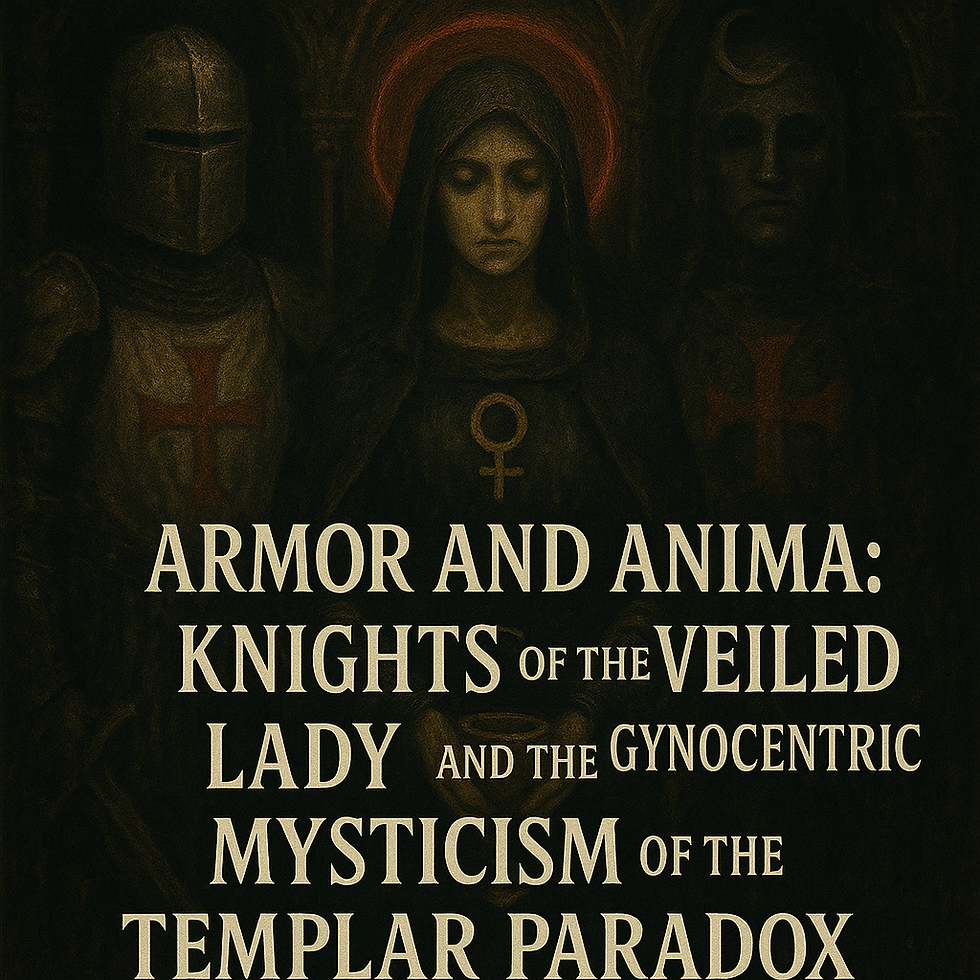
The Genealogy of Misogyny: From Proto-Feminist Polemic to Cultural Silencing Mechanism
- Yoav Levin

- 30 באפר׳
- זמן קריאה 3 דקות
עודכן: 1 במאי
The concept of misogyny, though often treated as a timeless moral category, is a relatively modern rhetorical construction whose origins can be traced to the early 17th century. While, both, expressions of disdain or critique toward women as well as men, are present throughout antiquity and the Middle Ages, the formalization of the term misogyny—as an ideological and accusatory label—emerged in a distinct historical and cultural context: the early modern querelle des femmes and the rise of proto-Renaissance feminism. At the same time, no moral outrage against misandry, the hate of men, was expressed or even been acknowledged.
One of the earliest documented uses of misogyny as a polemical device appears in the 1620 text Esther Hath Hanged Haman: or, An Answer to a Lewd Pamphlet Entitled The Arraignment of Women, a rebuttal to Joseph Swetnam’s controversial critique of women. Written under the pseudonym Esther Sowernam, the author not only responds to Swetnam’s arguments but also explicitly deploys the term misogyny to shame and delegitimize male critique. The anonymity of the author, along with the strategic moral framing of the rebuttal, illustrates the rhetorical function of misogyny from its inception: not merely to name hatred of women, but to regulate and suppress critical discourse deemed unacceptable within the emerging moral consensus.
This use of the term must be situated within the broader intellectual movement of the querelle des femmes, a literary and philosophical debate that sought to elevate the status of women by emphasizing their virtue, moral superiority, and intellectual worth. Figures such as Cornelius Agrippa, Symphorien Champier, and Jean Bodin contributed to a paradigm shift that reframed womanhood not merely as equal to manhood but as morally superior. Within this context, misogyny became less a descriptive term for societal oppression and more a discursive weapon used to protect a nascent female ideal from criticism. The conceptual asymmetry this introduced has had profound historical continuity.
In premodern literature and satire, both men and women were targets of criticism and ridicule. Men were commonly depicted as fools, drunkards, and tyrants; women as vain, seductive, or cunning. These depictions, while often cruel, were culturally reciprocal and did not yet reflect a clear ideological imbalance. However, it is significant that moral outrage was selectively mobilized in defense of women. The controversy around Swetnam—whose pamphlet was only one of many polemical tracts—garnered not just responses, but moral condemnation, while similar portrayals of men were largely met with silence or amusement. This selective moral sensitivity reveals an early form of gynocentrism: a cultural disposition wherein women’s dignity demands protection, and critique of the feminine is morally taboo, while men remain open targets of ridicule.
This cultural dynamic has not only persisted but intensified in modernity. Today, the negative portrayal of men is institutionalized in popular culture. Sitcoms, commercials, public service announcements, and even educational content frequently cast men as inept, emotionally stunted, or morally suspect. These depictions are not controversial—they are normalized. By contrast, critique of women, however reasoned or empirical, is routinely met with moral backlash, often framed as misogynistic regardless of intent or evidence. Thus, what originated as a rhetorical defense in the early modern period has evolved into a discursive enforcement mechanism.
In this process, misogyny has undergone a functional shift: from a descriptor of irrational hatred to a silencing mechanism. It now serves not only to call out unjust treatment of women but to preclude legitimate critique, especially when such critique challenges dominant narratives of female victimhood or moral purity. The accusation itself often replaces substantive engagement, invoking emotional authority rather than reasoned debate.
This trajectory—from Esther Sowernam’s polemic to modern cancel culture—suggests that misogyny, as a term, no longer operates neutrally. It functions within a rhetorical asymmetry that privileges female moral inviolability and exposes male speech to disproportionate scrutiny. Its roots in proto-feminist discourse, far from liberating, reveal the early construction of a gendered moral hierarchy that has come to shape not only public debate but institutional policies and media representations.
Ultimately, this dynamic invites a meta-analysis of rhetorical power: Who is allowed to critique whom, and under what conditions? Whose dignity is culturally protected, and whose is culturally expendable? The history of misogyny—its birth, deployment, and transformation—does not merely expose hatred of women. It reveals the structural gynocentrism of Western discourse, wherein the accusation of misogyny has become a strategic tool to silence dissent, disqualify perspectives, and enforce ideological conformity.
"Where structure collapses, thought rebuilds.
Peering through the veils of power and illusion.
Telegon Project: A new cartography of consciousness"




Commentaires